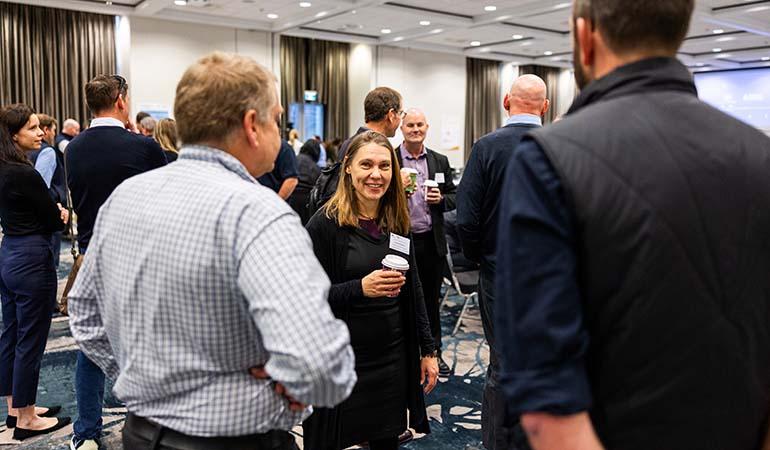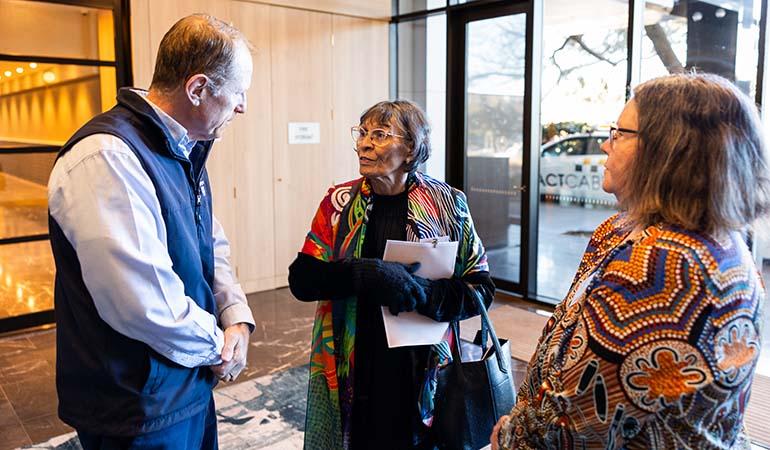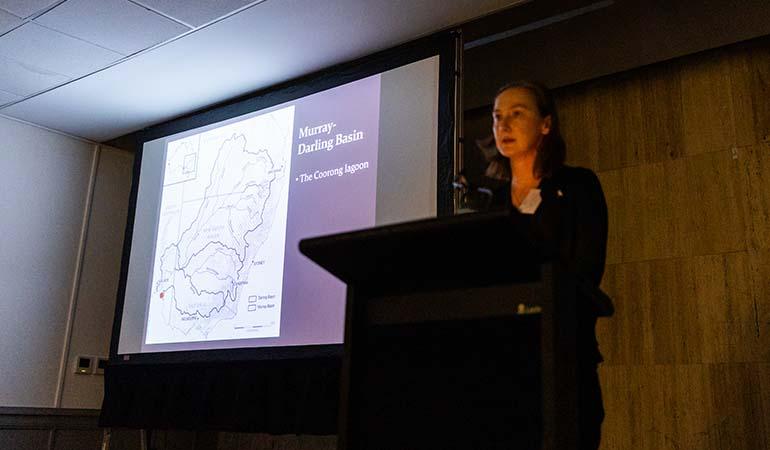On 19 to 20 July, more than 170 scientists and policy makers gathered for the second annual Murray–Darling Water and Environment Research Program Symposium.
Scientists, researchers, and government policy specialists travelled from across Australia to exchange ideas, understandings and experiences of science and knowledge in the Basin.

The year’s symposium focused on connecting researchers and policy makers to explore opportunities to develop contemporary, evidence-based policies to support the Basin and its communities.

Information and findings from 25 research projects were presented in interactive sessions. Projects were grouped under the Murray–Darling Water and Environment Research Program’s 4 strategic research themes:
- climate adaptation
- hydrology
- environmental outcomes
- social, economic, and cultural outcomes.

The interactive sessions enabled researchers and policy makers to look for opportunities and barriers to adopting findings in their work.
Research projects span a wide range of issues affecting the Basin. Two projects that received a lot of interest were:
- how tourist visitation rates were affected by the health and condition of the rivers and their ecosystems, and
- understanding perspectives on climate change among Traditional Owners in the Macquarie Marshes.
Other sessions at the symposium focused on:
- Australian Government water policy priorities, including First Nations science and water policy
- two tactical research projects focussing on waterbird foraging habitat and blue-green algae.
Guest speaker and environmental historian Associate Professor Emily O’Gorman addressed the symposium dinner sharing her thoughts about how people and animals have shaped wetlands from the late nineteenth century to today. Talking about her 2021 book, Wetlands in a Dry Land: More-Than-Human Histories of Australia’s Murray-Darling Basin, Associate Professor O’Gorman shared the history of seals in the Coorong to challenge the room to seek to better understand the complex interconnected relationship between society and ecosystems, and the importance of First Nations science in history of place.


If you’re interested in the Murray–Darling Water and Environment Research Program, you can read more about the projects and subscribe to the newsletter at: www.getinvolved.mdba.gov.au/md-werp.